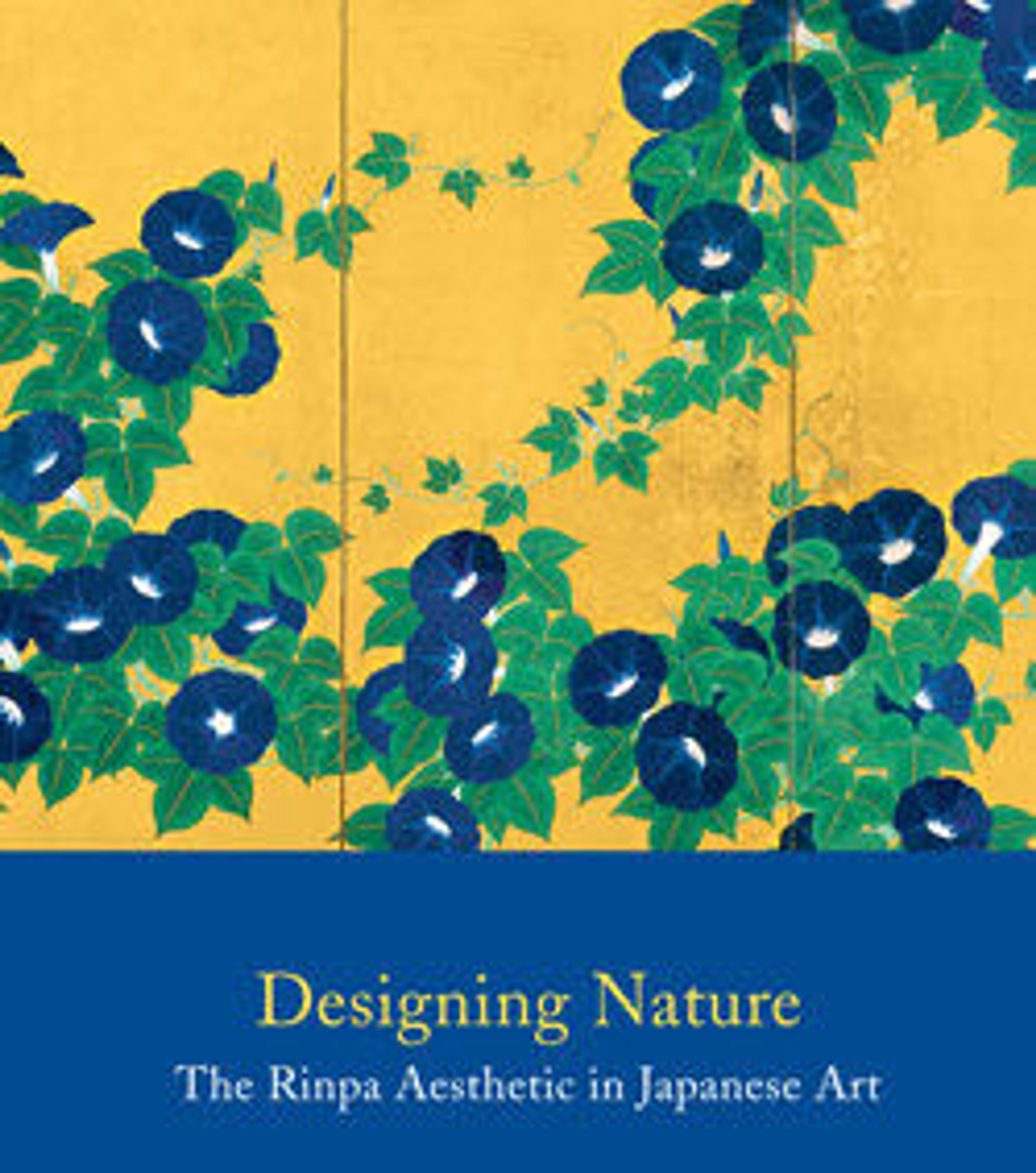Imperial Presentation Vase with Maple Branches and Imperial Chrysanthemum Crest (one of a pair)
Outlined in gold wire at the front and back of these vases is the imperial crest (mon): a chrysanthemum with thirty-two petals. Items bearing the imperial crest were often presented as gifts to foreign dignitaries. This vase from a pair, however, was offered by Emperor Meiji in 1906 to the cartoonist Henry Mayer (1868–1954) to thank him for a set of drawings after cartoons he had published in The New York Times on the Russo-Japanese War.
In the repoussé (uchidashi) technique used for the larger floral motifs, portions of an underlying metal substrate are hammered outward to create protuberances. It was used for the first time in Japanese enameling in 1902 by the Andō Company and its factory head, Kawade Shibatarō. In 1900, in recognition of the quality of its wares, Andō was appointed one of five Purveyors to the Imperial Household (Goyōtatsu) for cloisonné enamel. Here, the intricate foliage designs at the rims are intended to remind one of the brocades that frame Japanese scrolls and to reference that traditional art form. They are particularly extensive near the top, and include images of the imperial hō-ō phoenix, a bird symbolizing enlightened government.
In the repoussé (uchidashi) technique used for the larger floral motifs, portions of an underlying metal substrate are hammered outward to create protuberances. It was used for the first time in Japanese enameling in 1902 by the Andō Company and its factory head, Kawade Shibatarō. In 1900, in recognition of the quality of its wares, Andō was appointed one of five Purveyors to the Imperial Household (Goyōtatsu) for cloisonné enamel. Here, the intricate foliage designs at the rims are intended to remind one of the brocades that frame Japanese scrolls and to reference that traditional art form. They are particularly extensive near the top, and include images of the imperial hō-ō phoenix, a bird symbolizing enlightened government.
Artwork Details
- 菊紋楓枝文七宝瓶 (一対)
- Title: Imperial Presentation Vase with Maple Branches and Imperial Chrysanthemum Crest (one of a pair)
- Artist: Kawade Shibatarō (Japanese, 1861–1921)
- Period: Meiji period (1868–1912)
- Date: ca. 1906
- Culture: Japan
- Medium: Standard and repoussé cloisonné enamel; silver wires and rims; signed: combined marks of Andō Cloisonné Company and Kawade Shibatarō
- Dimensions: H. 17 1/8 in. (43.5 cm); W. 6 3/4 in. (17.1 cm); D. 4 1/2 in. (11.4 cm)
- Classification: Cloisonné
- Credit Line: Gift of Barbara S. McKenna, 1976
- Object Number: 1976.320.2
- Curatorial Department: Asian Art
More Artwork
Research Resources
The Met provides unparalleled resources for research and welcomes an international community of students and scholars. The Met's Open Access API is where creators and researchers can connect to the The Met collection. Open Access data and public domain images are available for unrestricted commercial and noncommercial use without permission or fee.
To request images under copyright and other restrictions, please use this Image Request form.
Feedback
We continue to research and examine historical and cultural context for objects in The Met collection. If you have comments or questions about this object record, please contact us using the form below. The Museum looks forward to receiving your comments.
